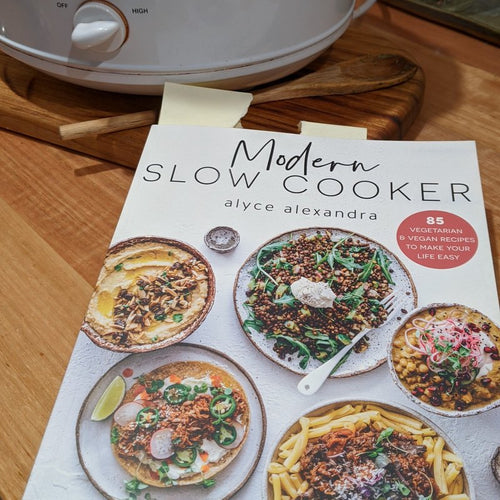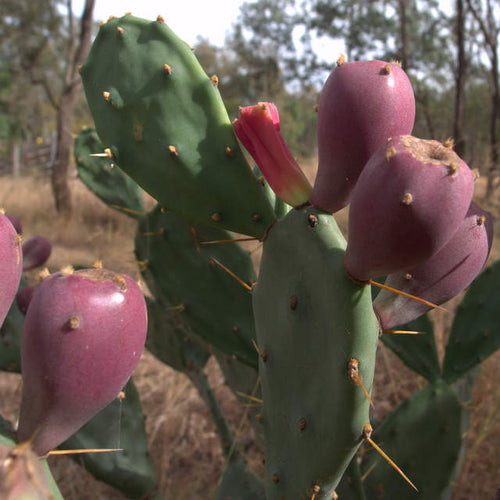Woodstoves for heating and cooking
Lately its has been relatively cold and we have been lighting the woodstove to heat the house and using it to cook meals, so I wanted to share our woodstove story with you.
When Pete and I wanted to replace the old pot-belly stove in our little Queenslander about eight years ago (because it was unsafe and inefficient), we decided we wanted a woodstove that we could use for cooking as well as heating. There are a lot of modern woodstove cookers on the market now. They have a large firebox like a standard heating woodstove, but also include an oven space that is heated by the hot combustion gases. Unlike the older style cookers, that were suited to cooking and designed to not over-heat the kitchen in a time when there was no alternative option for cooking, these new woodstoves really do a good job of heating the house, but are too hot for summer cooking (we use a BBQ or slow cooker for most things in summer instead). In winter when it is cold enough to light the woodstove regularly to heat the house, we do all our cooking on the woodstove and hardly use our electric oven at all. When we moved to Eight Acres, the first priority was to install another woodstove cooker, and in our secondhand house at Cheslyn Rise, we are still deciding which one we want to try next, but we are quite sure that a woodstove cooker is an essential part of any house we live in. This time we would like to try the "wet-back" water heater feature as well.Since we started cooking on the woodstove, we have found that it can be used for nearly everything, including baking bread, cakes, roasts and casseroles in the oven, as well as frying and boiling on the top of the woodstove. We even dry herbs and spices with the door ajar. Cooking on a woodstove takes a little while to get used to. The oven doesn't heat up right away, so you have to plan ahead if you want to bake or roast anything, but the stove top heats up pretty quickly. We use trivets to raise pots up to adjust the heat, when you just want a simmer, the pots can be lifted onto the highest trivet, or directly on the stove top for a fast boil. Often I will leave a pot of soup or stock on the high trivet to cook overnight, I also have a metal teapot that sits at the back of the stove, so we always have a handy source of hot water. The stove has a temperature sensor in the door, but the actual heat in the stove is about 50degC higher than the door temperature. We do find that we have to watch the temperature and open the door if it gets too hot, or add more wood if we need more heat. If the fire has been going for a while, the oven temperature will stablise, and then it can be left for longer. Some models have larger ovens than others, we started with a very small oven, and we bought small baking dishes from markets and even a 6-muffin tin, so we were always surprised by how much food would fit in the oven. The model we have now has a larger oven and can fit our large roasting dish. We find that the larger model, having more cast iron holds a more constant heat than the smaller model, but does take a little longer to heat up in the first place. You just have to get to know your stove and make it work for you.
The great thing about the woodstove is that we would burn the wood anyway to heat the house, so we get double the value for the heat by cooking with it as well. Our property is covered in trees, and the previous owner has pushed many of them into piles years ago, so we have plenty of aged firewood to use, and more growing for the future. For us, wood is a sustainable fuel that we can provide from our own property and we are happy to use it instead of gas or electricity. We would love to build a woodstove cooker outside so that we could use sustainable wood heat to cook all year round.
If you are thinking about installing a woodstove, have a look at the woodstoves you can use for cooking, they do cost a little more, but you will be surprised by how much you can use it and save on using our kitchen over during winter. When comparing the models, consider the size of your house and how cold it will be in winter. We found that the small model didn't quite heat our drafty Queenslander, but when we bought the larger model and put it in our relatively new and well-sealed house, it was a little oversized - sometimes we have to open doors and windows in the middle of winter because the woodstove is too hot and I'm trying to bake bread in the oven! Also consider where you want to install the woodstove, it helps to put it close to the kitchen, but also somewhere that will heat the house well, and you need to make sure the flue is long enough to establish an effective draught. Finally, make sure you have a source of wood so you can light the fire all winter and use it to cook everything.
Do you cook on a woodstove? What brand do you recommend?
Other posts about woodstoves





















Leave a comment